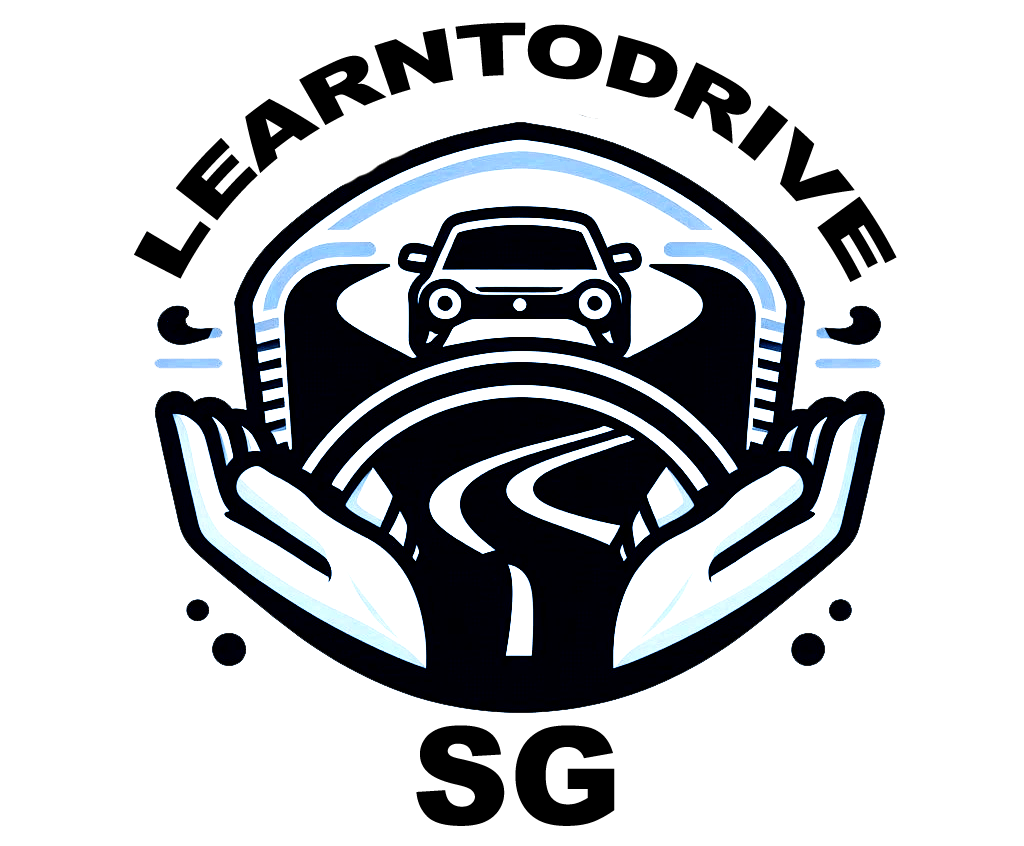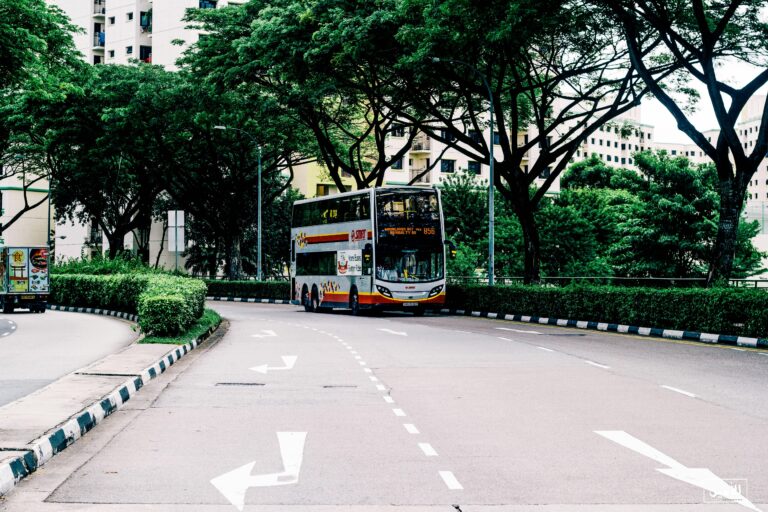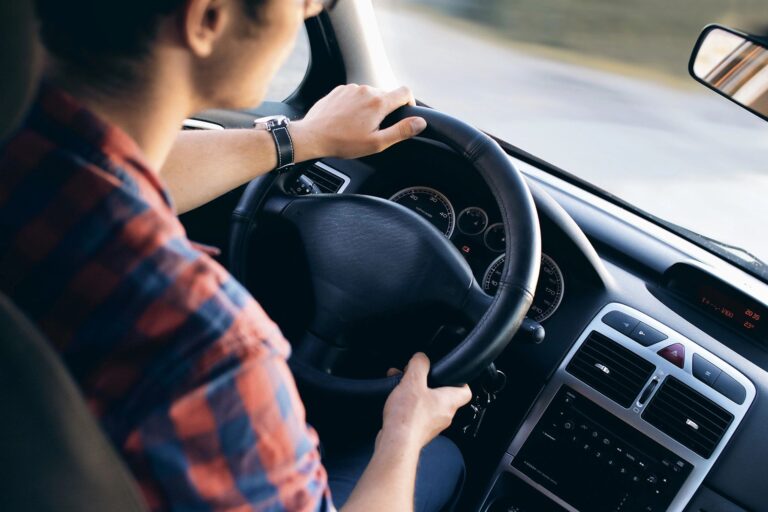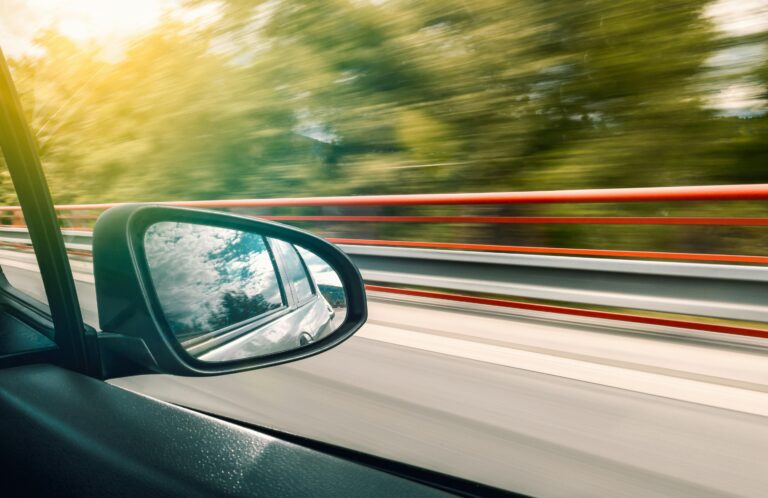
Driving in Singapore, a bustling city-state known for its efficiency and orderliness presents both advantages and challenges. From well-maintained roads to strict regulations, here’s a comprehensive look at the good and bad aspects of driving in this unique urban environment.
Read more road articles here: https://learntodrivesg.com/blog/
The Good:
- Excellent Infrastructure: Singapore boasts a well-developed road network with smooth, well-maintained surfaces that make driving a comfortable experience. The infrastructure supports efficient traffic flow, reducing congestion during most parts of the day.
- Strict Traffic Laws: The city-state has stringent traffic laws and regulations that contribute to high safety standards. This includes strict enforcement of speed limits, stringent penalties for traffic violations, and a focus on responsible driving behavior.
- Advanced Public Transport: Although not directly related to driving, Singapore’s efficient public transport system (MRT, buses, and taxis) alleviates the need for private vehicles in many cases, reducing overall traffic volume.
- Road Safety: Due to comprehensive traffic management and enforcement, Singapore has relatively low rates of traffic accidents compared to many other countries. This contributes to a generally safe driving environment.
- Easy Navigation: Singapore’s small size and well-marked roads make navigation straightforward for drivers. GPS systems are highly effective due to the city’s modern infrastructure and clear signposting.
The Bad:
- High Costs: Owning a car in Singapore is notoriously expensive due to taxes, COE (Certificate of Entitlement) fees, and other levies. This makes purchasing and maintaining a vehicle financially burdensome for many residents.
- Traffic Congestion: Despite efforts to manage traffic flow, certain areas, especially during peak hours, can experience heavy congestion. This can lead to delays and frustration for drivers navigating busy routes.
- Limited Parking: Finding parking spaces, especially in crowded urban areas and popular districts, can be challenging. Limited parking availability adds to the inconvenience of driving, particularly in densely populated areas.
- Strict Regulations: While beneficial for safety, Singapore’s strict regulations can also be seen as restrictive. This includes limitations on vehicle modifications, stringent emissions standards, and fines for minor infractions.
- Complex Road Pricing: Singapore employs Electronic Road Pricing (ERP) to manage traffic congestion by charging vehicles passing certain points during peak hours. While effective, this system adds to the cost of driving and can be complex for newcomers to navigate.
Driving Do’s and Don’ts in Singapore
Driving in Singapore requires adherence to specific rules and norms to ensure safety and compliance with local regulations. Whether you’re a visitor or a resident, understanding these do’s and don’ts can help you navigate the roads effectively and responsibly.
Do’s:
- Observe Speed Limits: Singapore strictly enforces speed limits on all roads. Pay attention to posted signs and adjust your speed accordingly, especially in residential areas and school zones.
- Use Signals and Follow Traffic Signs: Indicate your intentions by using your signals when changing lanes or turning. Adhere to traffic signs and signals to maintain smooth traffic flow and safety.
- Keep Left, Overtake Right: On highways and multi-lane roads, keep to the left lane unless overtaking. Use the right lane for overtaking only and return to the left lane afterward.
- Give Way to Pedestrians: Pedestrians have the right of way at designated crossings. Always yield to pedestrians and exercise caution when approaching pedestrian crossings.
- Buckle Up: Ensure all occupants in the vehicle wear seat belts at all times, as it’s mandatory by law. Children must be secured in appropriate child seats or booster seats.
- Be Mindful of ERP Gantries: Electronic Road Pricing (ERP) gantries are located at various points in Singapore. Familiarize yourself with their locations and be prepared for charges during peak hours if passing through ERP zones.
- Stay Sober: Driving under the influence of alcohol or drugs is strictly prohibited and carries severe penalties. Always designate a sober driver or use alternative transportation if you’ve consumed alcohol.
- Park Legally: Use designated parking spaces and adhere to parking regulations. Illegally parked vehicles may be fined or towed, causing inconvenience and additional costs.
- Respect Bus Lanes and Buses: Bus lanes are reserved for buses during specific hours. Avoid driving in bus lanes during restricted times to prevent fines and ensure smooth bus operations.
- Be Courteous: Practice patience and courtesy towards other road users. Yield when necessary, merge smoothly, and avoid aggressive driving behaviors that can endanger yourself and others.
Don’ts:
- Don’t Use Mobile Devices: It’s illegal to use a handheld mobile device while driving in Singapore. Use hands-free options if you need to make calls or navigate using GPS.
- Don’t Speed: Exceeding the speed limit is a serious offense in Singapore and can result in fines, demerit points, and even license suspension. Always adhere to posted speed limits.
- Don’t Drink and Drive: Driving under the influence of alcohol or drugs is not only illegal but also highly dangerous. It poses risks to yourself, passengers, pedestrians, and other road users.
- Don’t Run Red Lights: Always stop at red traffic lights and wait for the green light before proceeding. Running red lights can lead to accidents and hefty fines.
- Don’t Block Intersections: Avoid entering an intersection unless you can completely clear it. Blocking intersections disrupts traffic flow and may cause congestion.
- Don’t Tailgate: Maintain a safe following distance from the vehicle in front of you. Tailgating increases the risk of rear-end collisions, especially in sudden braking situations.
- Don’t Ignore Emergency Vehicles: When emergency vehicles (ambulances, fire trucks, police cars) approach with lights and sirens, give way and move to the side of the road to allow them to pass safely.
- Don’t Use Horn Excessively: Horns should only be used to alert other drivers of your presence or to warn of potential danger. Excessive use of horns is considered noise pollution and may result in fines.
- Don’t Engage in Road Rage: Maintain composure and avoid confrontations with other drivers. Road rage incidents can escalate quickly and lead to dangerous situations.
- Don’t Drive Fatigued: Ensure you’re well-rested before driving to maintain alertness and reaction times. Take breaks during long journeys to prevent fatigue-related accidents.
By adhering to these driving do’s and don’ts, you contribute to safer roads in Singapore while also avoiding fines and penalties associated with traffic violations. Always prioritize safety, respect local regulations, and exercise courtesy towards fellow road users.
Conclusion:
Driving in Singapore offers a mix of advantages such as excellent infrastructure and high safety standards, alongside challenges like high costs and occasional congestion. Understanding and adapting to the city-state’s unique driving environment is key to making the most of both the positives and negatives associated with driving in this vibrant metropolis.






